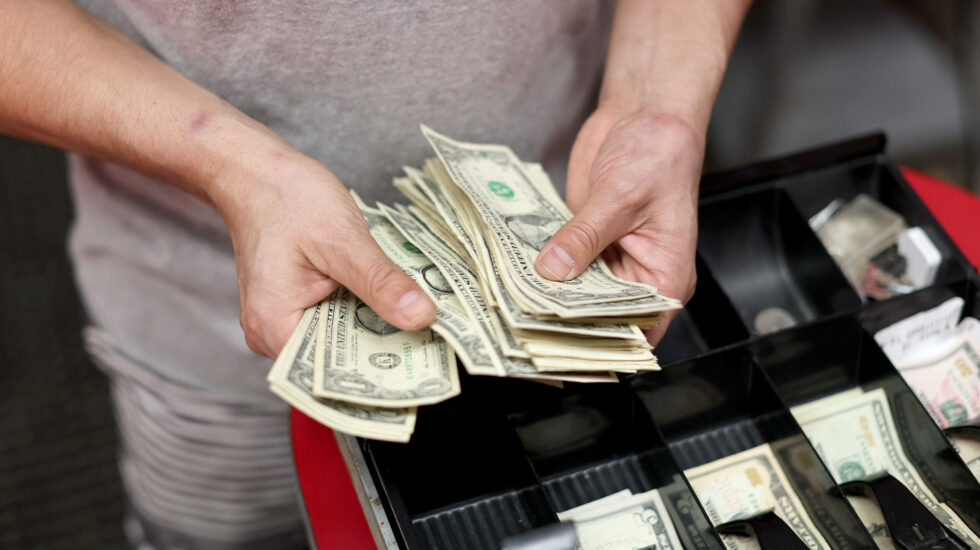Inflation reached a new forty-year high last month as the Consumer Price Index, which measures the average cost of a variety of goods and services, rose 7.9% from February 2021 to February 2022, according to new data from the Labor Department.
Prices rose 0.8% between the first two months of the year, with energy’s 3.5% increase leading the way.
“Shelter costs, which account for about one-third of the CPI weighting, accelerated another 0.5%, for a 12-month gain of 4.7%, the fastest annual gain since May 1991,” notes CNBC.
The Wall Street Journal reports:
Before the Ukraine crisis, economists and policy makers had been hoping for a peak in year-over-year inflation this spring as supply chains heal from pandemic-related disruptions and the Federal Reserve begins an expected series of interest rate increases next week. But the outbreak of war has supercharged prices for oil, wheat, and precious metals, threatening higher inflation for longer.
“We thought that inflation would come down, especially due to the untangling of the global supply chain, but we don’t know how what’s happening in Ukraine will re-tangle that,” said Joel Naroff, chief economist at Naroff Economics LLC.
Inflation has cancelled out significant wage increases for American workers and has been a nagging political problem for the Biden administration. Prices at the grocery store – which are up 8.6% in the past 12-months – and prices at the pump – up 38% – have been weaponized by Republicans seeking to criticize Biden’s handling of the economy.
But the rising cost of gasoline is driven by two factors largely out of the president’s hands – Russia’s invasion of Ukraine and a supply-chain still recovering from a pandemic slowdown.
The New York Times provides context:
“Covid changed the game, not President Biden,” said Patrick De Haan, the head of petroleum analysis for GasBuddy, which tracks gasoline prices. “U.S. oil production fell in the last eight months of President Trump’s tenure. Is that his fault? No.”
“The pandemic brought us to our knees,” Mr. De Haan added.
In the early months of 2020, when the virus took hold, demand for oil dried up and prices plummeted, with the benchmark price for crude oil in the United States falling to negative $37.63 that April. In response, producers in the United States and around the world began decreasing output.
